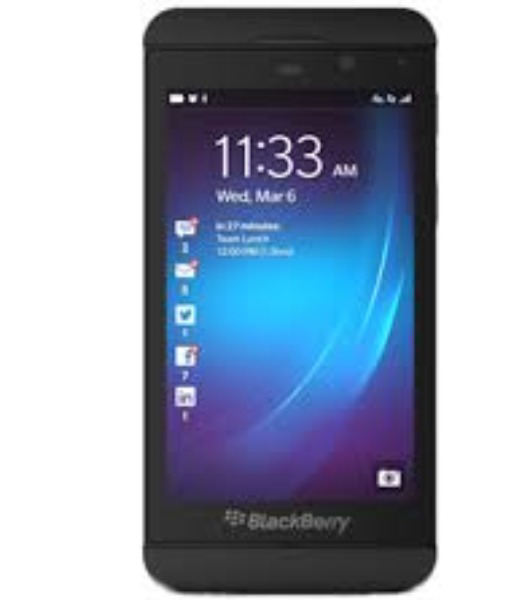


The BlackBerry Z10, launched in January 2013 by BlackBerry Limited, was the first device to run BlackBerry 10 OS, a QNX-based operating system aimed at competing with iOS and Android. Priced at $599/£499 at release, it features a 4.2-inch 768 x 1280 IPS LCD, Snapdragon S4 Plus chipset, 2GB RAM, and an 1800 mAh battery, targeting users with a full touchscreen experience. It includes an 8MP rear camera and 16GB storage, with a focus on gestures and the BlackBerry Hub for unified communications. In 2025, the Z10 is outdated, with BlackBerry 10 services discontinued in 2022, no 5G support, and limited app availability. Its historical significance as BlackBerry’s first touchscreen flagship appeals to collectors, available used for $30-$70.
|
Feature |
BlackBerry Z10 |
|
Release Date |
January 2013 |
|
Display |
4.2" IPS LCD, 768 x 1280, 355 ppi |
|
Processor |
Qualcomm Snapdragon S4 Plus MSM8960, 1.5 GHz Dual-core |
|
RAM |
2 GB |
|
Storage |
16 GB, microSD support (up to 64GB) |
|
Rear Camera |
8 MP (f/2.2, autofocus, BSI sensor), LED flash, 1080p video |
|
Front Camera |
2 MP |
|
Battery |
1800 mAh, removable |
|
OS |
BlackBerry 10 (discontinued) |
|
Build |
Plastic body, no IP rating |
|
Connectivity |
4G LTE, Wi-Fi 5, Bluetooth 4.0, NFC |
|
Price (Launch) |
$599 / £499 |
To make a modern BlackBerry Z10 competitive in 2025, the following enhancements could address its shortcomings while preserving its touchscreen design:
Il BlackBerry Z10 è stato un passo coraggioso per BlackBerry nel 2013, introducendo un design touchscreen completo e BlackBerry 10 OS per competere con iOS e Android. Il suo display da 4,2 pollici, la navigazione basata sui gesti e il BlackBerry Hub erano innovativi, ma il suo lancio è stato rovinato da una campagna di marketing mal accolta, tra cui una pubblicità confusa del Super Bowl, come notato nei resoconti storici. Nel 2025, lo Z10 è obsoleto, con i servizi BlackBerry 10 interrotti nel 2022, nessun supporto 5G e un ecosistema di app limitato, che lo rende non funzionale per l'uso moderno. La piccola batteria da 1800 mAh e l'hardware obsoleto ne diminuiscono ulteriormente l'utilità. Per i collezionisti o gli appassionati di BlackBerry, una Z10 usata al prezzo di $ 30- $ 70 su piattaforme come eBay potrebbe avere un valore nostalgico come pezzo di storia della tecnologia. Per la maggior parte degli utenti, tuttavia, i moderni telefoni di fascia media come il Samsung Galaxy A55 o il Google Pixel 8a offrono prestazioni di gran lunga superiori, supporto 5G e aggiornamenti software a lungo termine, rendendoli scelte molto più pratiche nel 2025.
The overall rating is based on reviews by our experts
Nessuna recensione ancora
|
How Is the Design? |
|
|
How is the Display? |
|
|
How is the Camera? |
|
|
How are the Features? |
|
|
How is the Connectivity |
|
|
How is the Usability? |
|
|
How is the Performance? |
|
|
How is the Battery Life? |
Nessun prezzo disponibile